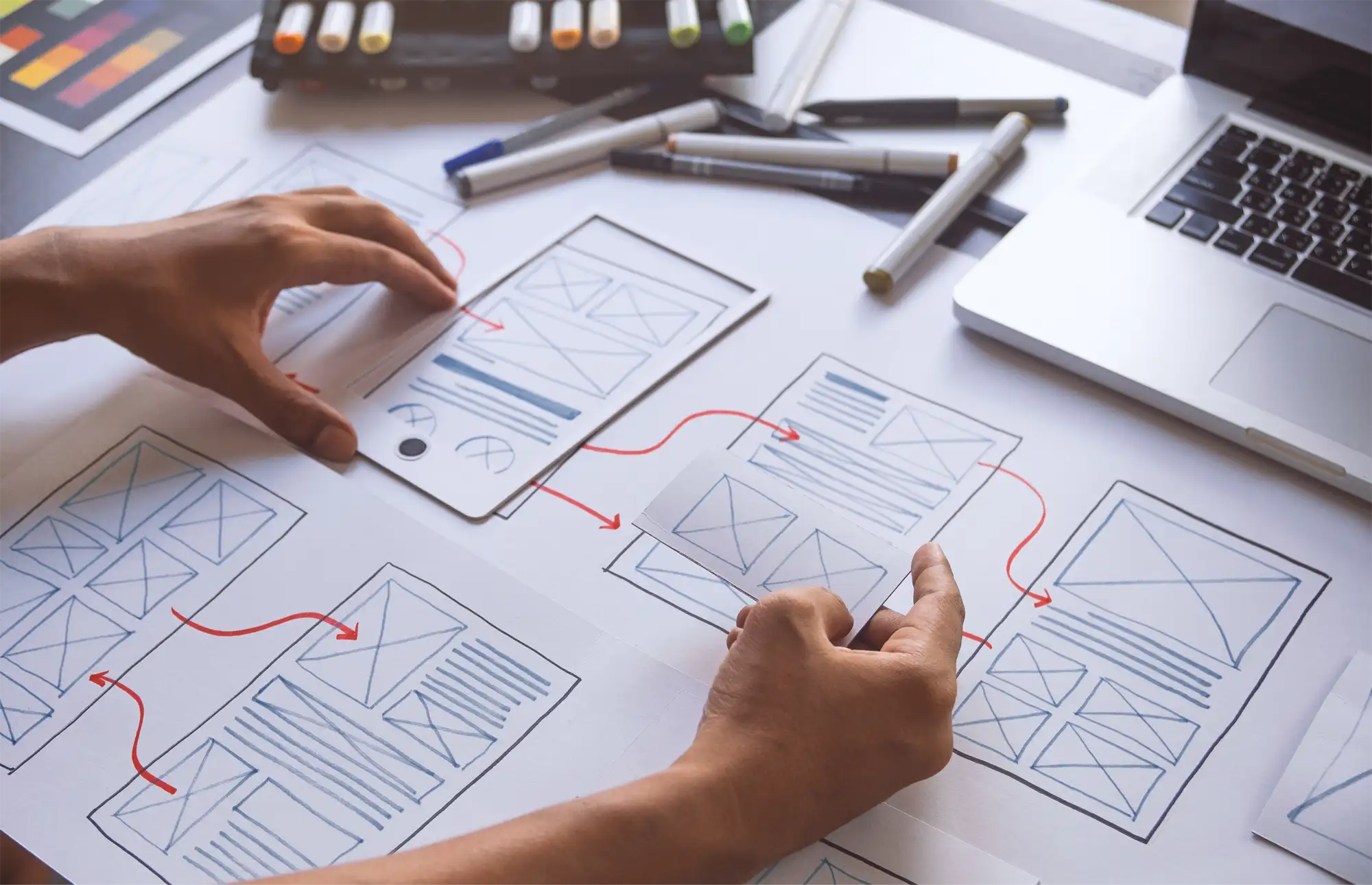
What is UI/UX Design?
What is UI/UX Design? When you hear someone say “UX,” “UI,” or worse, “UI/UX” like it’s one mysterious blur, your first instinct might be to nod politely and move on. But if you’ve ever rage-quit an app, felt totally lost on a website, or thought “wow, that was smooth” while shopping online, congrats: you’ve already experienced both. UI/UX design is the not-so-secret sauce behind digital experiences that work. It’s what turns a website from a layout into a journey. A form into a flow. A product into a pleasure to use. At Dynamite, we don’t treat UI/UX as extras that are tacked on at the end. We see them as foundational elements, baked in from the beginning. When your digital presence feels effortless, intuitive and joyful, that’s no accident. That’s great design in action. UI vs UX: What’s the Difference? Let’s clear this up once and for all: UI (User Interface) is what things look like. Think buttons, fonts, colours, icons, animations, layout, responsiveness. UX (User Experience) is how it feels to use: how easy it is to navigate, how fast it responds, how clearly it communicates. Here’s the metaphor we like to use with clients:






















